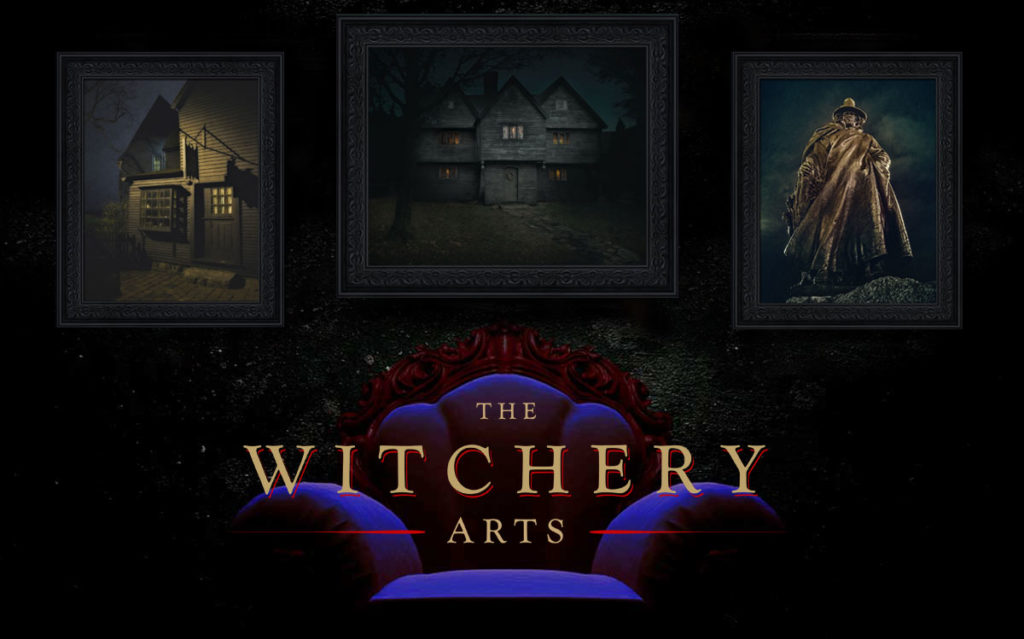
Deadly Nightshade … will you die for love? Will you die for beauty? Will you die for powers beyond your wildest imagination. That’s the allure of Belladonna, one of the most famous of all the plants in the witch’s garden.
In Italian a beautiful lady; in English a deadly poison. A striking example of the essential identity of the two tongues.”
Ambrose Bierce, The Devil’s Dictionary
Officially called Atropa Belladonnna, and also known as Deadly Nightshade, the plant is a perennial, though not as long lived as many perennials.The name Belladonna comes from the Italian word denoting a beautiful woman, possibly related to a Belladonna based tincture used in Venice to dilate their pupils, which was thought to make them more attractive.
Belladonna has such a lovely name, that it comes as a surprise to the propagation of the plant. Typically, the berries of the Deadly Nightshade plant are eaten by animals, who scatter the seeds in their droppings. Oddly enough, though potentially fatal to humans, many animals can eat, and pass Deadly nightshade berries with no difficulty.

Deadly Nightshade as a poison
The compound in Belladonna which dilates the pupils, atropine, is only one of several toxic and psychoactive ingredients. All parts of the Deadly Nightshade plant are capable of killing or forever reducing mental capacities in humans, but it’s the shiny black berries which are most attractive to animals and small children, usually resulting in narcosis, paralysis and ultimately, death. Even slight contact with this charming plant can cause severe skin issues, so when handling, always wear gloves.
Deadly Nightshade has had an illustrious career as a poison, with references stretching back to when the Roman emperor Claudius was believed to have been poisoned with it in 68 AD. Additionally, it’s believe that the Scots once knocked off an entire Danish army by leaving them tribute of barrels of beer, laced with Deadly Nightshade.

Deadly Nightshade and the witch’s flying potion
Belladonna has also been thought to be one of the main ingredients of witch’s flying potions, along with, monkshood and other toxic plants.
A Deadly Nightshade trip isn’t always fatal, and it’s believed that in the past people had a stronger tolerance to the plant, allowing them to explore its psychoactive uses. Legends attribute the results of the Gaelic herb of courage to Belladonna, which caused their warriors to totally let go in battle.
Today Belladonna is used in the pharmaceutical industry, as it has been for ages by cunning women throughout Europe for everything from muscle relaxers, pain relievers, menstrual problems and stomach ailments.

Growing hints:
Belladonna is a European plant, and not necessarily ideal for growing in North America, though it can be done. The difficult bit is germinating. Ideally you’ll sew your seeds on the Winter Solstice, and the following spring if you’re lucky, and the weather gods cooperate, you should have plants in the spring.
Last year’s plants might still hang on, depending on how mild your winter is. In the second year, leaves are smaller and the plant tends to grow taller, up to six foot. Since animals do eat the berries which contain the seeds, if you want to save seeds for next year, it’s best to pick the berries.
Belladonna likes partly shady to shady areas, and it’s possible to grow indoors, though in a pot it likely stays smaller. For best results, treat your soil whether indoors or out with lime, and fertilize from time to time.







Just recently I had a A lilly pop up out of nowhere in my garden I looked it up n says it’s a belladonna or naked ladies Lilly. I’ve lived here for 7 years now n never have seen it till this last week. What does this mean?
It’s funny how you say that nightshade
is hard to grow in north America, but it grows lush in front of my doors and over my stoop. In Wisconsin, where it gets really cold. I was told that nightshade will flourish near a witch’s home. But I haven’t been able to find anything written about that. I was wondering if maybe, you knew more.